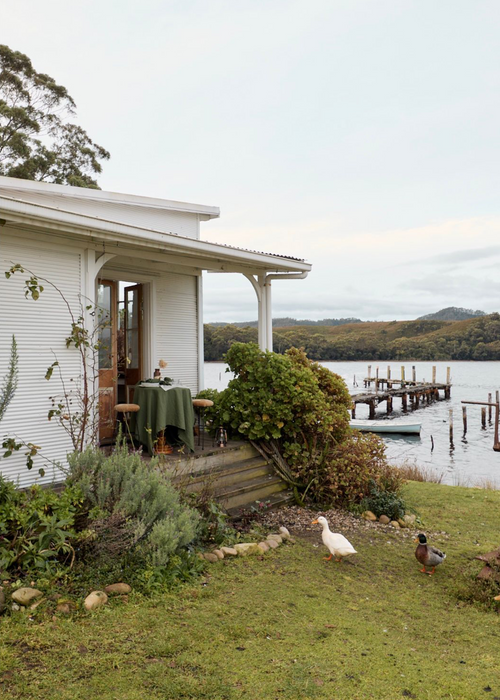
These British Seaside Towns are the UK's Next Big Travel Trend
So long, London – these six coastal spots are having a major resurgence.
Britain’s coastal resorts boomed in the Victorian era, however became neglected in the 1970s with the rise of cheap package holidays to Europe and a subsequent lack of investment. Seaside towns had a reputation for being tired and rundown, however over the past decade or so Brits have been rediscovering the joy of a weekend escape to the sea.
Several coastal towns have experienced a significant revamp, which has been driven by a number of factors – the pandemic led to a new appreciation for staycations, while at this time many creatives choose to leave London to live by the sea. In Margate, the booming art scene brought a new lease of life to the kitsch seaside town, while in Deal a number of popular eateries positioned it as a foodie getaway.
Whether you opt for a traditional British seaside experience, with afternoons spent in the arcade on the pier and dining on vinegar-slathered chips, or want to unwind in one the UK’s buzziest new boutique hotels, many holidaymakers touching down in England are bypassing London in favour of an escape to the coast.
Whether your priority is antique-hunting or traversing chalky cliffs, add the below seaside towns to your itinerary the next time you are in the UK.
Don’t Forget to Pack a Towel!
Enjoyed This?
Discover more breathtaking locations.










